Table of Contents
Introduction to Seafood Seasonings
The best seafood seasonings for specific dishes include: Old Bay for crab and shrimp, garlic butter for salmon, za'atar for scallops, smoked paprika for grilled fish, and lemon-dill for delicate white fish. This guide provides expert tips on using these seasonings effectively, detailed comparisons of top products, and answers to common questions to help you elevate any seafood dish.
Practical Tips for Using Seafood Seasonings
Using seafood seasonings correctly maximizes flavor while preserving the natural taste of your seafood. Follow these key principles:
- Match intensity to seafood type: Delicate fish (sole, cod) need light seasonings like lemon-dill; heartier fish (salmon, tuna) handle bold blends like Cajun or smoked paprika; shellfish (shrimp, crab) pair perfectly with Old Bay or garlic butter.
- Timing matters: Season fish 15-30 minutes before cooking; marinate shrimp 30-60 minutes; avoid over-seasoning to prevent moisture loss.
- Layer flavors: Start with a base of salt and acid (lemon juice), then add herbs (dill, parsley), and finally spices (paprika, cayenne) for depth.
- Test before serving: Cook a small portion first to adjust seasoning levels before preparing the full dish.
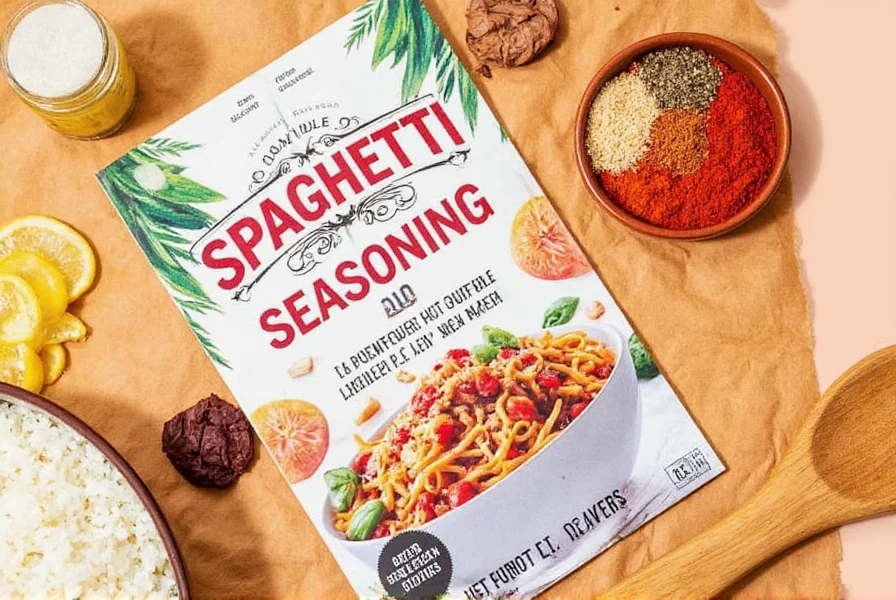
In-Depth Explanation of Common Seafood Seasonings
Old Bay Seasoning
Perfect for crab boils, shrimp, and grilled fish, Old Bay's signature blend of celery salt, paprika, and black pepper creates a savory, slightly spicy profile. Use 1 teaspoon per pound of seafood for best results. Ideal for Maryland-style crab cakes and seafood gumbo.
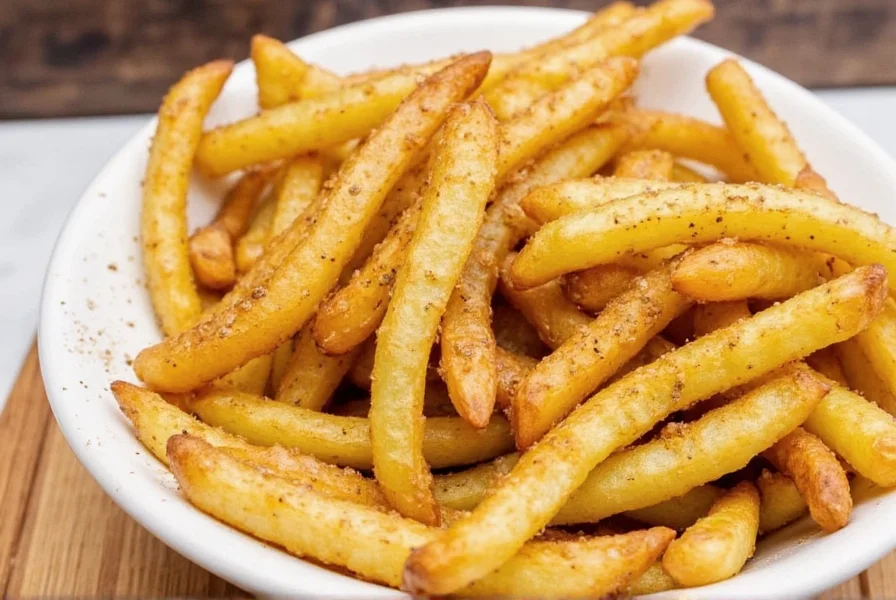
Garlic Butter
This rich blend of melted butter, minced garlic, and lemon juice enhances salmon, scallops, and lobster. For baked salmon, melt 2 tablespoons per fillet and baste every 5 minutes during cooking. Avoid high heat to prevent butter from burning.
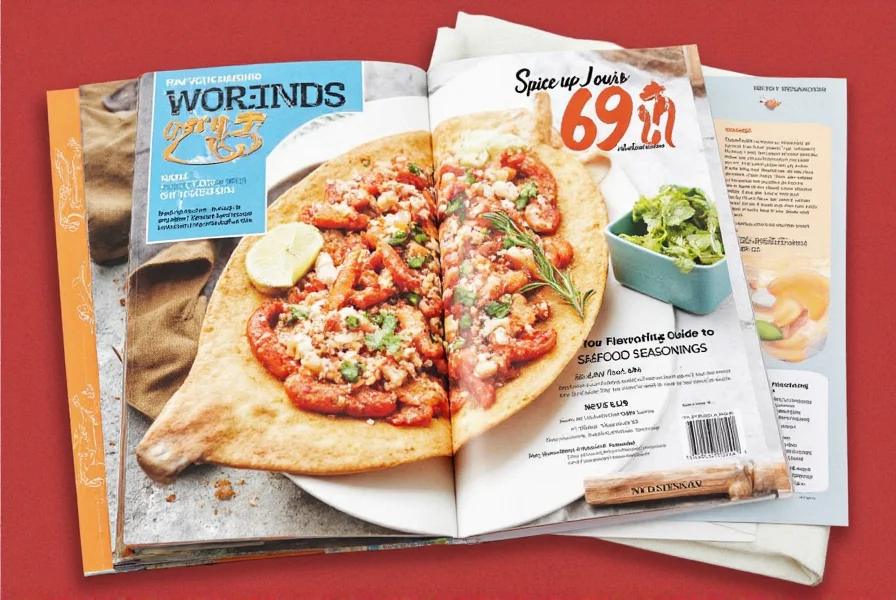
Za'atar
Middle Eastern za'atar (thyme, sumac, sesame seeds) adds tangy, nutty notes to delicate seafood like sea bass or scallops. Sprinkle 1/2 teaspoon per serving over raw fish before cooking, or mix with olive oil for a marinade. Excellent for Mediterranean-style seafood salads.
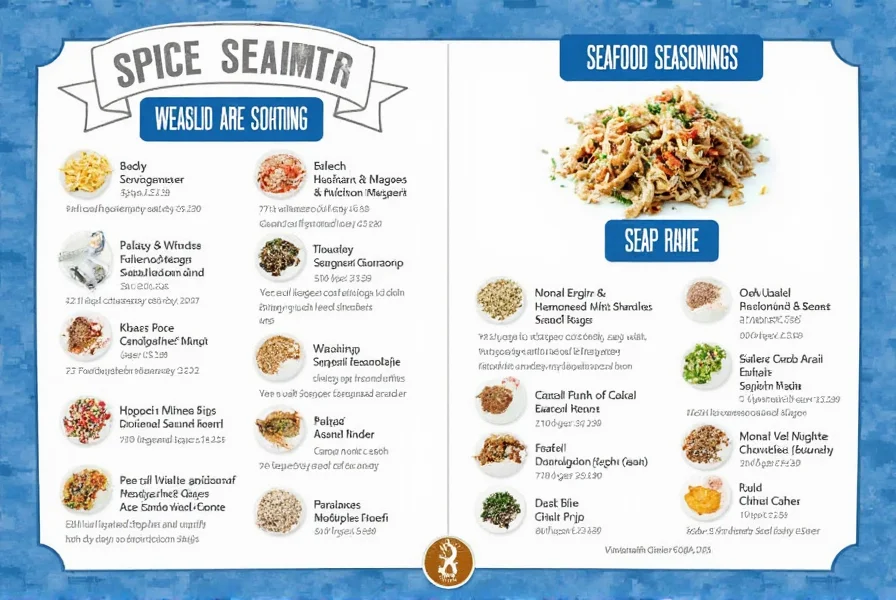
Smoked Paprika
Creates deep, smoky flavor for grilled shrimp, roasted cod, or fish tacos. Use 1 teaspoon per pound for dry rubs. For maximum impact, combine with cumin and lime zest. Avoid overusing - too much can make dishes bitter.
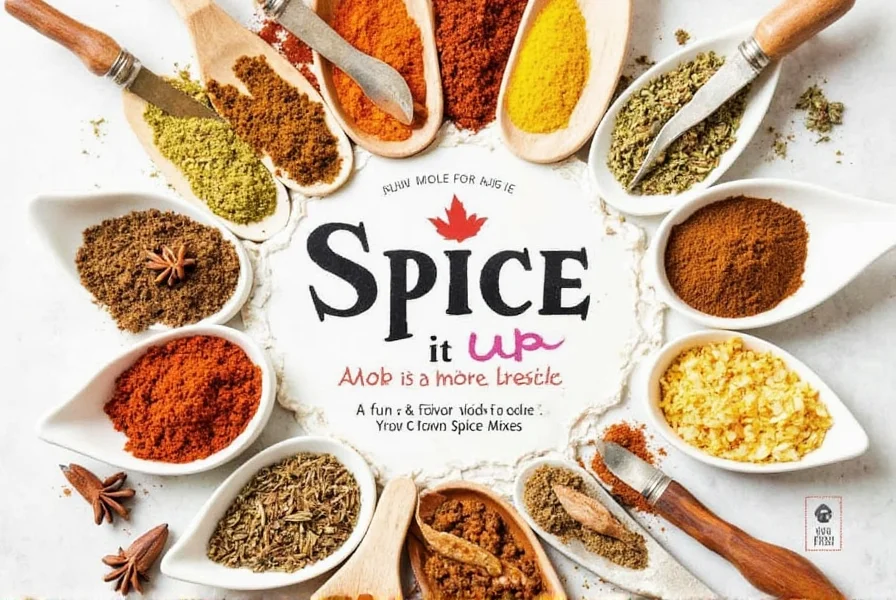
Lemon and Dill
Classic pairing for baked white fish, shrimp cocktail, and seafood chowder. Combine 1 tablespoon dried dill, 1 teaspoon lemon zest, and 1/2 teaspoon sea salt per pound of seafood. Best used fresh - add during the last 5 minutes of cooking to preserve brightness.
| Product | Best For | Key Ingredients | Flavor Profile | Usage Tips |
|---|---|---|---|---|
| Old Bay Seasoning | Crab, shrimp, seafood boils | celery salt, paprika, black pepper | Savory, slightly spicy | 1 tsp per lb; ideal for boiling or dry rubs |
| Gourmet Garlic Butter | Salmon, scallops, lobster | garlic, butter, lemon juice | Rich, savory, buttery | Melt and baste; avoid high heat |
| Za'atar Blend | Scallops, white fish, seafood salads | thyme, sumac, sesame seeds | Tangy, nutty, herbal | 1/2 tsp per serving; mix with olive oil |
| Smoked Paprika | Grilled shrimp, roasted cod, fish tacos | smoked red peppers | Deep, smoky, slightly sweet | 1 tsp per lb; combine with citrus |
| Lemon Dill Seasoning | Baked cod, shrimp cocktail, chowder | dill, lemon zest, sea salt | Fresh, bright, aromatic | Add in last 5 minutes of cooking |
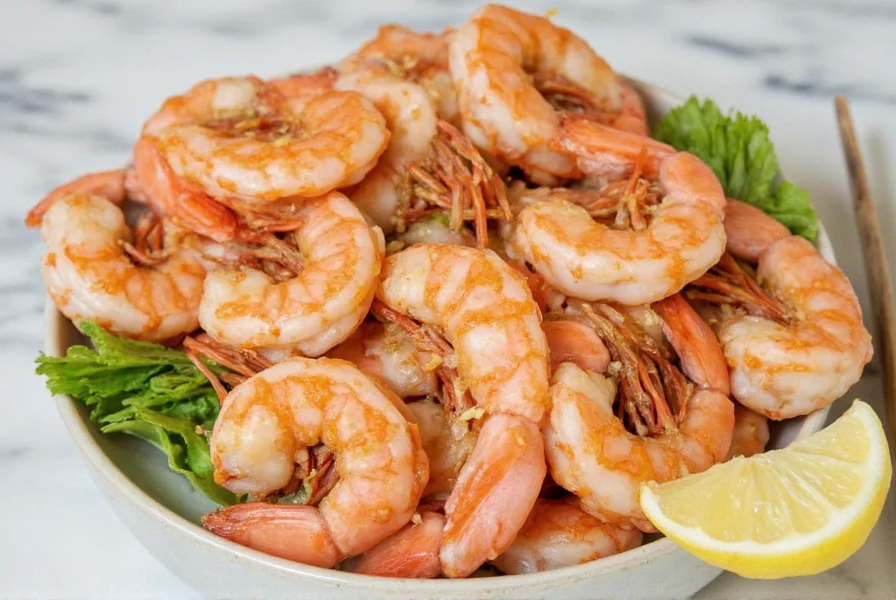
Frequently Asked Questions About Seafood Seasonings
What are the best seasonings for different types of seafood?
Delicate fish (sole, cod): lemon-dill or herb blends. Heartier fish (salmon, tuna): smoked paprika or Cajun blends. Shellfish (shrimp, crab): Old Bay or garlic butter. Scallops: za'atar or light citrus. Always match seasoning intensity to the seafood's natural flavor profile.
How much seasoning should I use on seafood?
For dry seasonings: 1 teaspoon per pound of seafood. For fresh herbs: 1-2 tablespoons chopped. Always start with less - you can add more after cooking. Over-seasoning masks the seafood's natural taste.
Can I make my own seafood seasoning blend at home?
Yes! A versatile base recipe: 2 tbsp paprika, 1 tbsp garlic powder, 1 tbsp onion powder, 2 tsp dried thyme, 2 tsp celery seed, 1 tsp cayenne, 1 tbsp salt. Adjust to taste. Store in airtight container for up to 6 months.
How far in advance should I season seafood before cooking?
Fish: 15-30 minutes before cooking. Shrimp: 30-60 minutes. Avoid longer marinating times as salt can break down proteins. For delicate fish, season immediately before cooking to prevent moisture loss.
What's the difference between seafood seasoning and Old Bay?
Old Bay is a specific brand blend (celery salt, paprika, black pepper) developed for Maryland-style seafood. "Seafood seasoning" is a general term for any spice mix designed for seafood, which may include Old Bay or regional variations like Cajun or lemon-dill blends.
How should I store seafood seasonings to maintain freshness?
Keep in airtight containers away from heat and light. Ground spices last 6-12 months; whole spices 1-2 years. Replace when color fades or aroma weakens. Never store above the stove.
Are there gluten-free seafood seasoning options?
Most pure spice blends are gluten-free, but check labels for anti-caking agents. Certified gluten-free options include Simply Organic Seafood Blend and Spice Islands Seafood Seasoning. Homemade blends are safest for strict dietary needs.
Can I use seafood seasoning on non-seafood dishes?
Yes! Old Bay works on roasted potatoes or popcorn. Lemon-dill enhances chicken or roasted vegetables. Smoked paprika adds depth to chili or roasted root vegetables. Experiment with these versatile blends beyond seafood.
Conclusion
Mastering seafood seasonings transforms simple dishes into restaurant-quality meals. By matching seasonings to specific seafood types, using proper timing, and understanding flavor profiles, you'll consistently create dishes that impress. Keep a well-stocked pantry of versatile blends and don't hesitate to experiment - the perfect seasoning combination is just a taste test away.
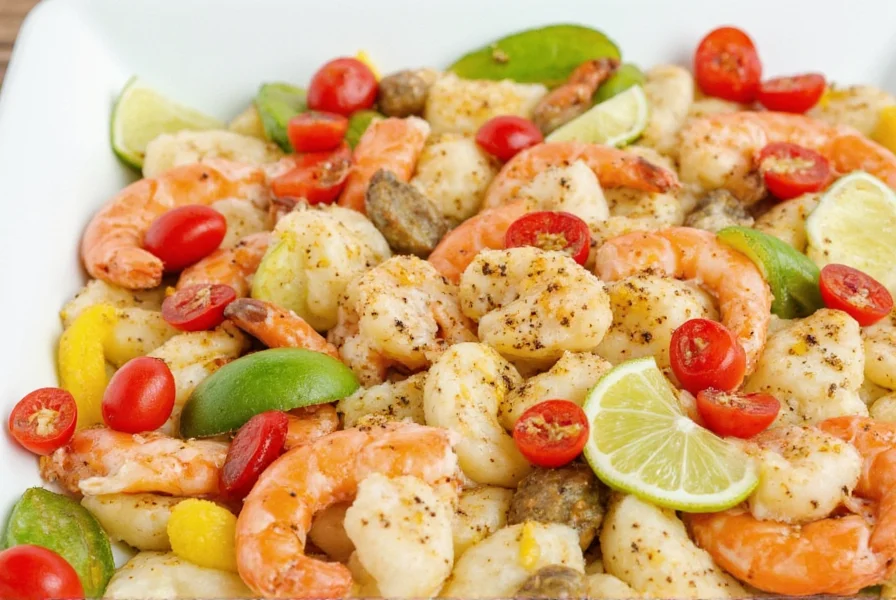

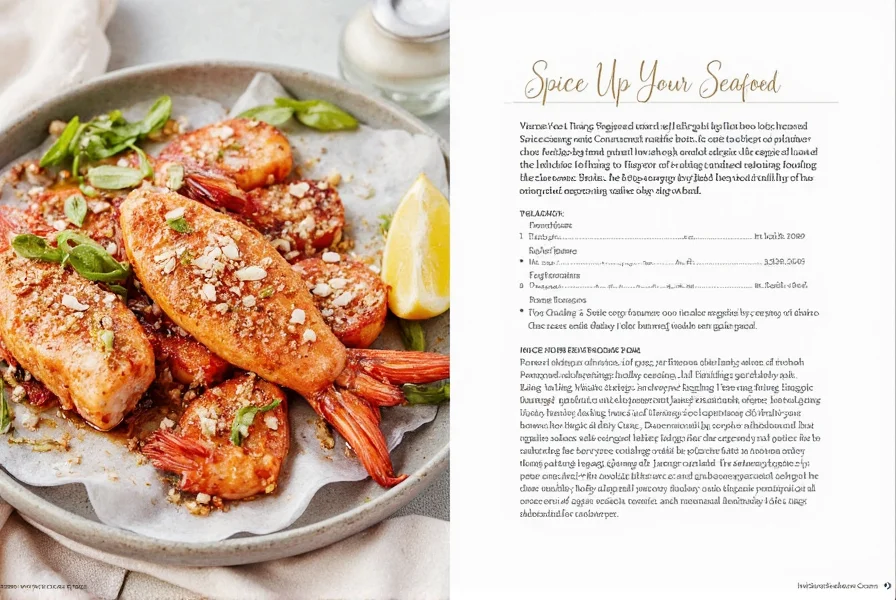









 浙公网安备
33010002000092号
浙公网安备
33010002000092号 浙B2-20120091-4
浙B2-20120091-4